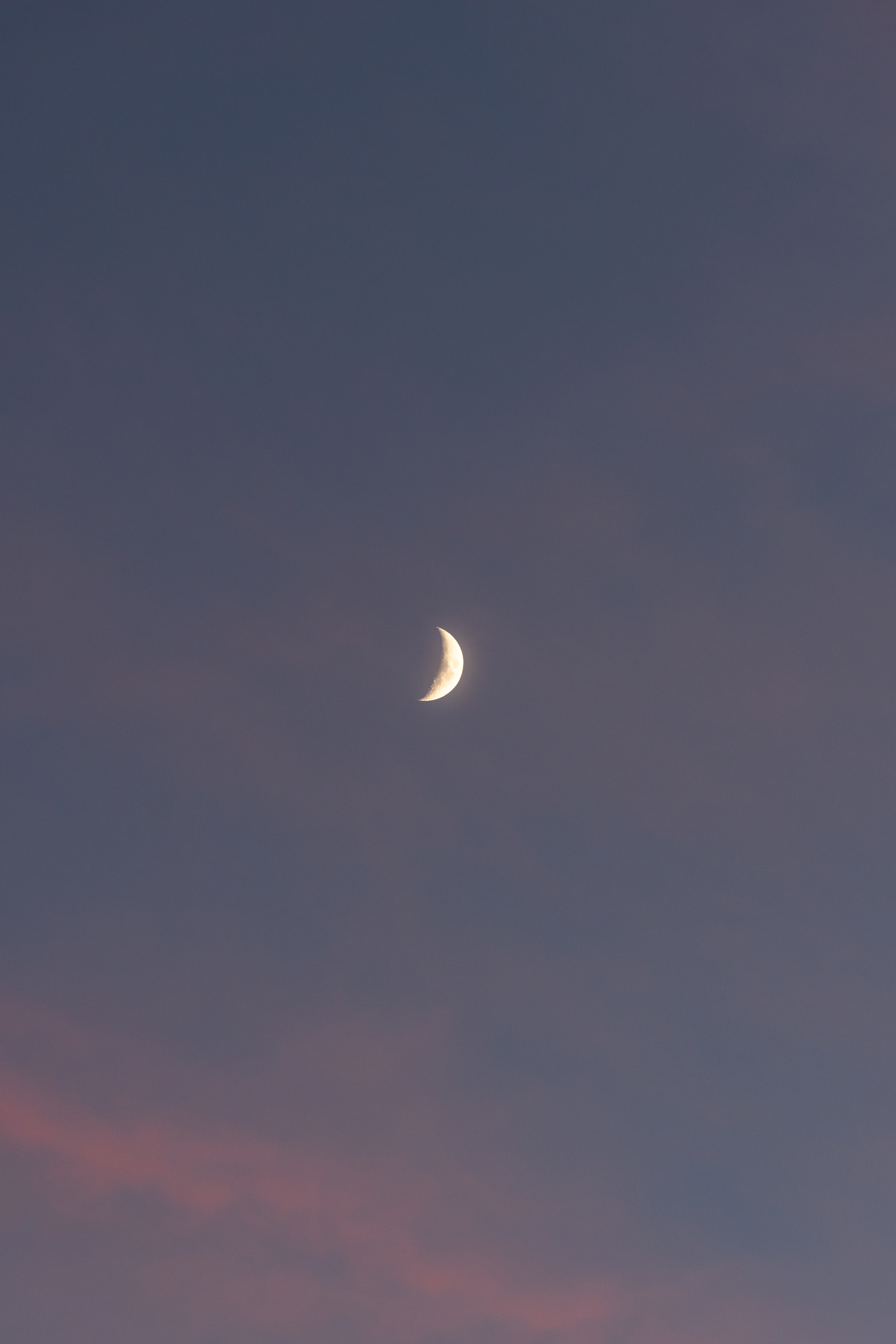As the moon orbits the earth, its changing distance from the sun reveals a crescendo of energetic shifts that we experience on a human level. In astrology, the moon reflects your emotions, subconscious, and instincts. As above, so below: we are the macrocosm of the moon’s movement reflected in each of our microcosmic lives.
The moon ebbs and flows through eight major phases—from new moon, waxing crescent, first quarter, waxing gibbous, full moon, waning gibbous, third quarter, to, finally, waning crescent. We renew this cycle with the next new moon.
The lunar cycle is significant in a multitude of cultures and has been used for centuries as a natural timekeeping system. Each phase embodies a unique energy and spiritual symbolism.
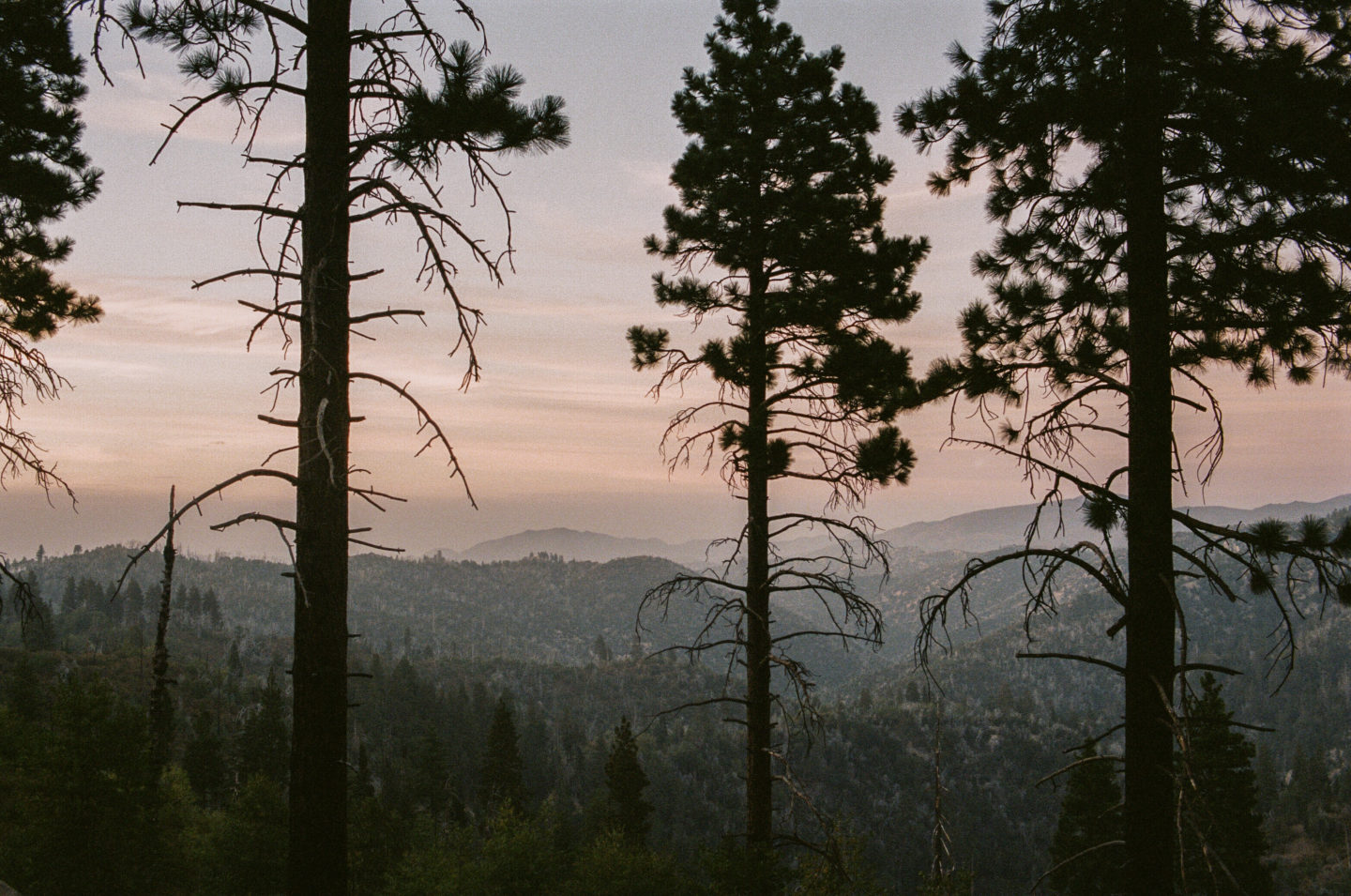
Whether you’re conscious or not, any trip you take naturally takes on the tone of the moon’s current phase.
For example, full moons heighten your sensitivity, intensifying emotions and illuminating any brewing issues in need of release. I’ve twice now stayed at a Getaway cabin during a full moon, and both times shared an overwhelming burst of buried emotions with my travel partner. While I cry fairly easily and openly as a water sign moon, I’ve noticed that, like clockwork, emotions come to a head the week of a full moon.
By contrast, my latest cabin retreat in Michigan’s quaint, remote wilderness fell during a new moon in Gemini. Our time there was slow, sweet, quiet, and balanced. We retreated together into the new moon’s darkness before emerging from our cocoons well-rested and refreshed for activity. I felt emotionally regulated, while also brimming with new Gemini-fueled ideas.
There is no “best” lunar phase to traveling during because your optimal trip experience depends on your intent. Full moon retreats have been hyper-sensitive and intense—that much is true. But, they’ve also embodied the most adventurous, joyful, and cathartic moments. We hiked and explored the local town during a full moon cabin weekend in June, then played and frolicked along snowy trails during January’s full moon escape.
Alternatively, when you intuitively select a travel period, you can check the lunar phase post-booking to bring a level of awareness to your inner state of being.
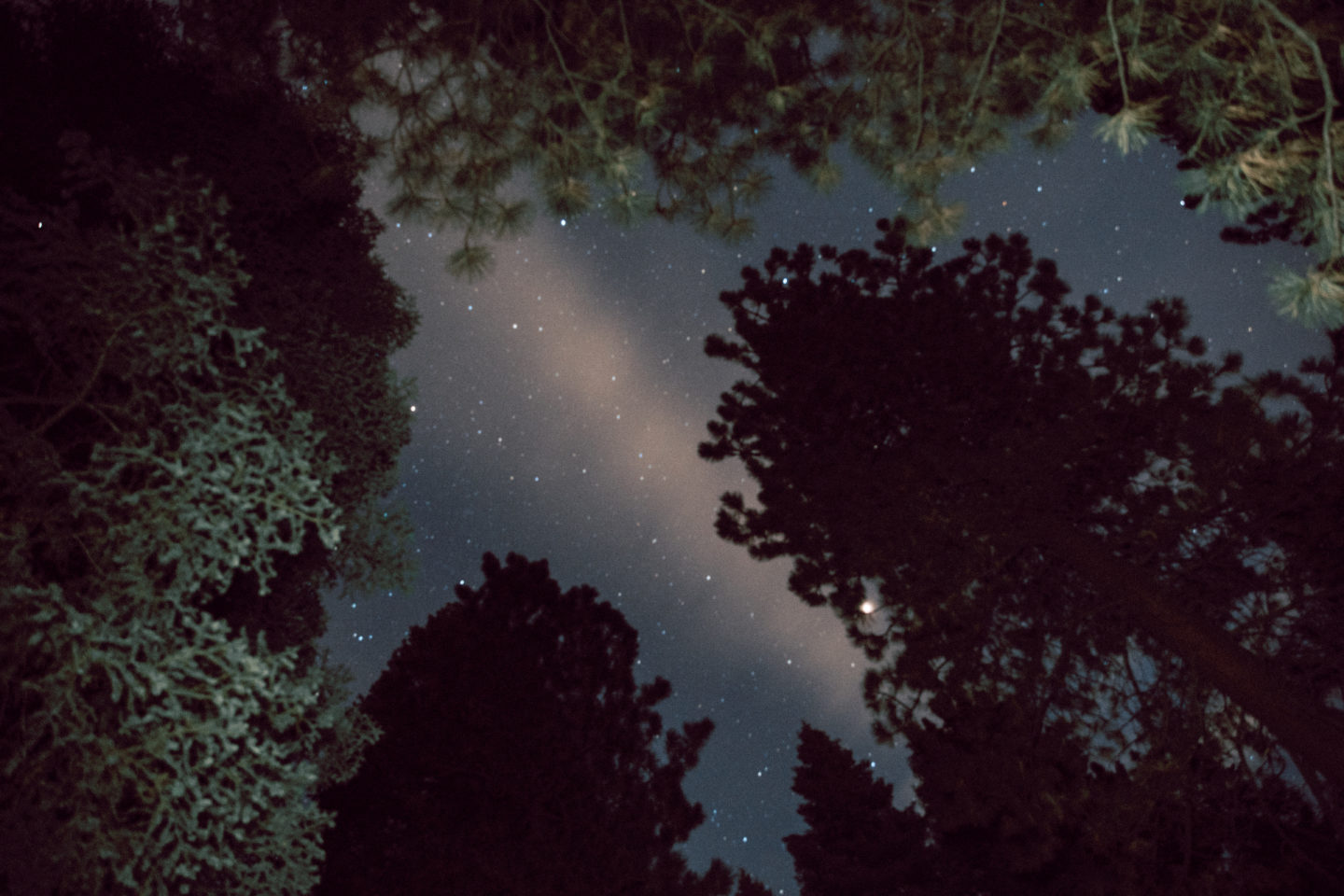
New Moon
When the moon is closest to the sun, the moon’s backside is lit and the frontside disappears in shadow. We call this alignment a new moon.
In this obscure darkness we find limitless potential. New moons are blank slates. As we embark on a fresh lunar cycle, we’re collectively revitalized to begin anew.
When traveling during a new moon, you often feel the initial stirrings of an idea, endeavor, or intention. Your energy levels are too low to take any concrete form of action. Nonetheless, a seed is planted for future harvest.
You might draw inspiration from your travels, or set aside time to reflect on visions, goals, and manifestations. Respect your lower energy levels with gentle activities and extra rest, especially if the moon is transiting your twelfth house.
Waxing Crescent
The waxing crescent phase occurs in the days after a new moon, when the moon appears as a thin crescent-shaped sliver in the sky. The moon’s face begins to gradually increase in light, reflecting increasing energy in support of growth.
When traveling during a waxing crescent phase, you feel renewed with energy after a recent dip. This is a time of self-discovery and exploration. Rather than allow self-doubt or lack of motivation limit your growth, delight in the limitless potential of the recent new moon. Reconnect with the seed you planted. Trial-and-error your early ideas. Plug and play.
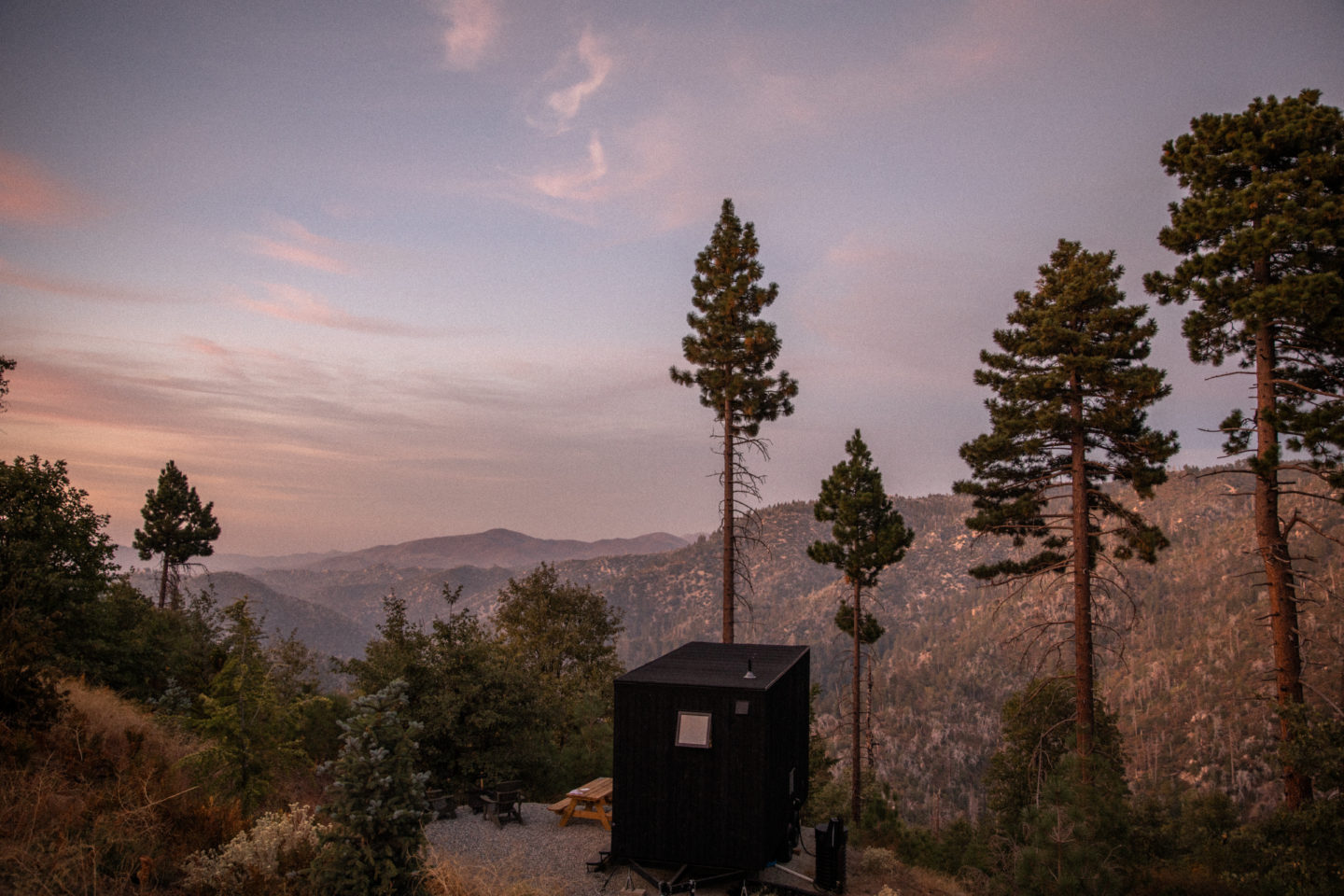
First Quarter Moon
The first quarter moon occurs approximately one week after the new moon, when the moon is exactly halfway between the fresh start of a new moon and the sense of culmination at the full moon.
When traveling during a first quarter moon, you feel a sense of friction—as if there’s something you should be doing. This tense phase inspires growth, challenges, and decision-making. You find yourself evaluating your life from a unique perspective.
Waxing Gibbous
The waxing gibbous phase occurs in the days leading up to a full moon, when the moon appears as an almost-fully bright face.
When traveling during a waxing gibbous moon, you sense that you’re hurdling towards something big. As you gain momentum, devote your focus to taking action and making progress. Tap into your active and adventurous nature.
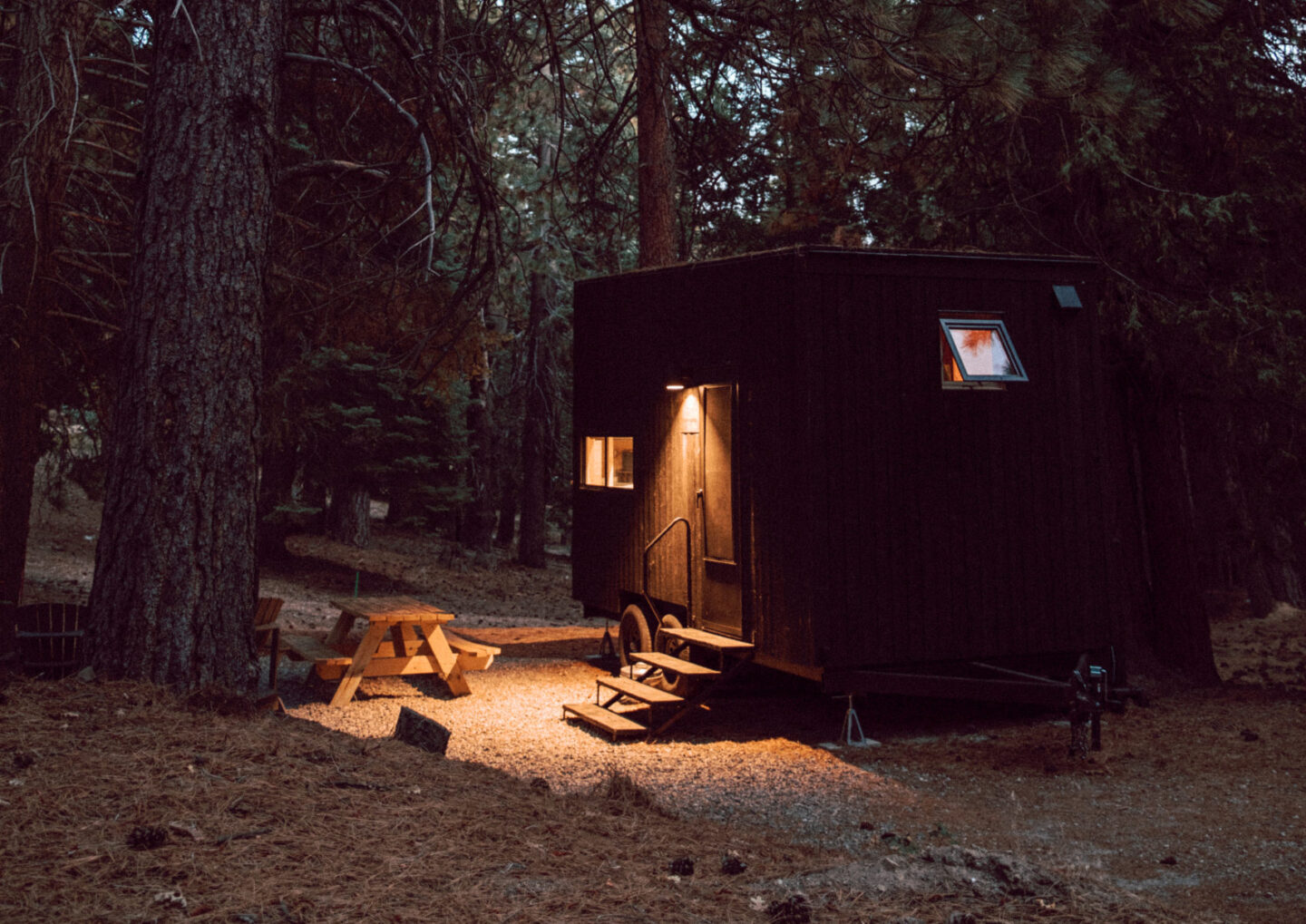
Full Moon
Full moons occur when the sun and moon are opposite from one another, with the maximum amount of reflected sunlight bouncing off the moon’s surface—like a spotlight.
When traveling on a full moon or in the days following, you find yourself extra busy and active. Your emotions feel right at the surface because full moons illuminate anything that darkness has previously obscured or hidden. You find yourself juggling many activities, as you cultivate the fruits of your labor.
Focus your energy outward. Interact with the world from a newfound vantage point. Engage!
Waning Gibbous
The waning gibbous phase occurs in the days following a full moon, when the light bouncing off the moon’s face begins to gradually wane or diminish.
When traveling during a waning gibbous moon, you’re inspired to engage with the world. Immerse yourself in the bustle of society. You might also feel the full moon’s lingering intensity, especially you haven’t yet paused to process and release emotions.
Last Quarter Moon
The last quarter moon occurs a week after the full moon, when the moon is halfway to the fresh start of a new moon. The momentum you’ve built during the lunar cycle begins to wane.
When traveling during a last quarter moon, you’re especially contemplative and introspective. This is a time of release. Try not to over-attach to specific plans or ideas.

Waning Crescent
The waning crescent phase occurs in the final days leading up to a new moon, when the moon appears as a crescent-shaped sliver, with only a small portion its illuminated side visible. As the light diminishes, you enter a period of transition.
When traveling during a waning crescent moon, your energy levels dip. Your trip takes on a slower pace, as you recharge your batteries and clear space for a new beginning.
Void-of-Course
The moon is void-of-course after forming its final major aspect (conjunction, sextile, square, trine, or opposition) with another planet before changing zodiac signs. Void-of-course moons can last a few minutes or several hours.
When traveling during a void-of-course moon, you feel like you’re flying under the radar. You feel less inclined to interact with the world—IRL or on social media. These fleeting moments are better suited for reflection, relaxation, and completing ongoing tasks.
You’re more likely to travel during waxing or waning moon because, unlike new moons and full moons, these phases last multiple days. Traveling during a new moon or full moon is rare, which makes the experience all the more poignant.
Let’s take the cosmos to the next level: you can also track which lunar phase you were born on to discover which phase you’re most comfortable with.
For example, I was born during a waning crescent moon in Cancer, and I feel so “me” during the quiet, reflective state of this phase. Looking back, my first Getaway cabin fell during a waning crescent moon, and this experience has always stuck out as the most special and intimate.
